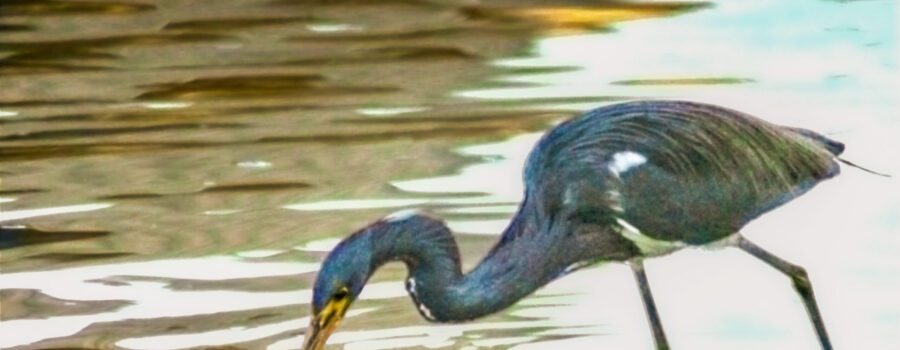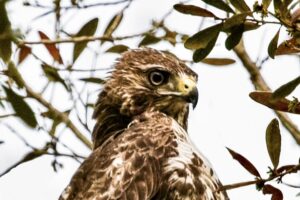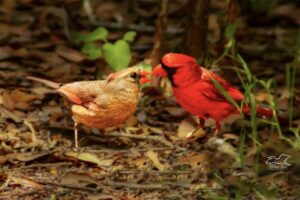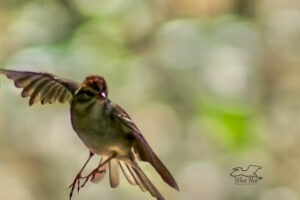The Tricolored Heron is Beautiful, Especially in Breeding Plumage

The last time I went out to Cedar Key, I spent about an hour shortly before sunset lurking under a bridge watching this tricolored heron (Egretta tricolor) and a snowy egret while they fished. Both birds seemed very intent on filling up on the small fish that live in that waterway before the sun went down, and once they decided I was no threat, they pretty much ignored me. During the time I was there, I got to watch quite a bit of their normal intereactions and behavior.

Tricolored herons are almost exclusively coastal birds that range from New York to Florida and around the Gulf of Mexico on the east coast of the United States and from California into Mexico on the west coast. They can also be found on the east coast of Mexico, through Central America, and into northern South America. Finally, they also live on numerous Caribbean islands. Throughout most of that range they are residents, but in northern climates and on the west coast, they do migrate. They tend to be more solitary than other herons except during the breeding season. When breeding, they nest in mixed colonies with other herons and egrets, but even during breeding season they tend to hunt alone.

Unlike most herons and egrets that eat crabs, grubs, aquatic insects, and sometimes terrestrial insects, tricolored herons eat almost exclusively small fish and shrimp. They fish by wading into the water and watching for potential prey to swim by. They will also sometimes chase fish, or on hot days they will spread their wings to provide shade that attracts the fish. During the time I spent with this bird, I was able to observe it both grabbing fish out of the water where it stood and chasing them through the shallows. Although it spent most of its time standing and waiting, the chasing style seemed to be equally effective, just less energy efficient.





Recent Comments